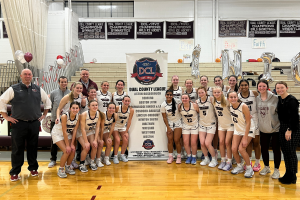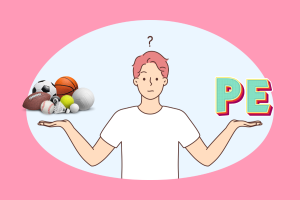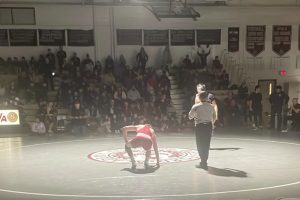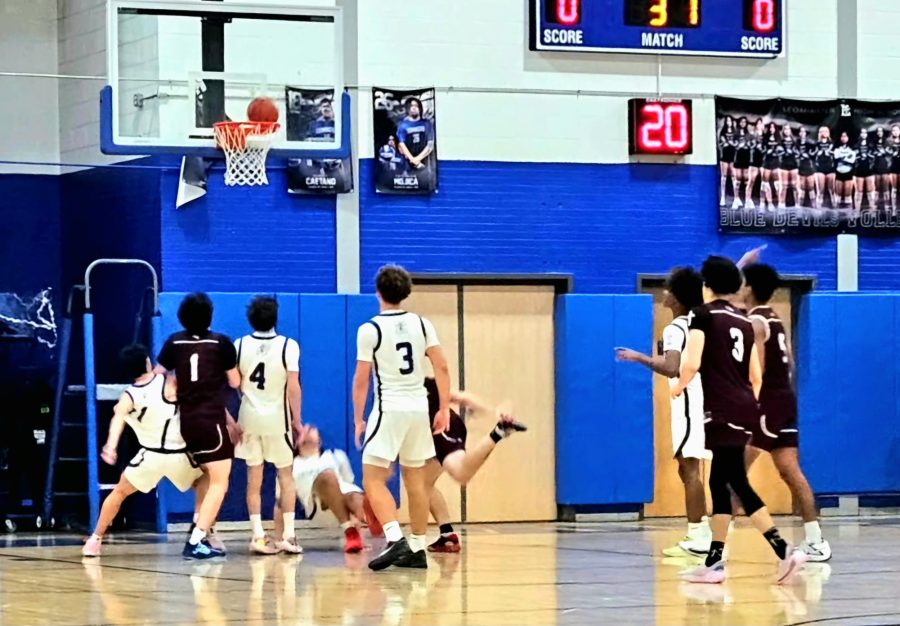WA athletic concussions make up half of all WA concussions
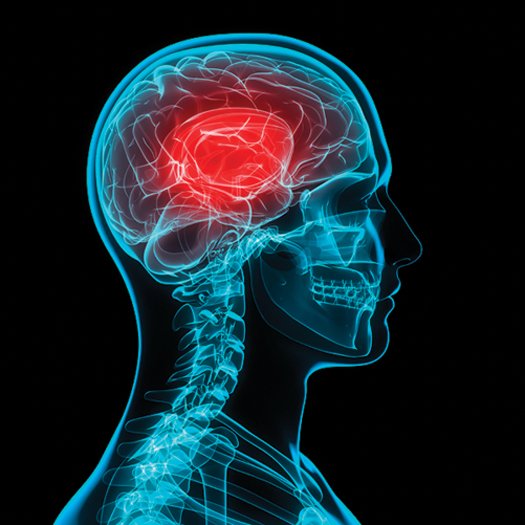
Photo via Creative Commons Search
January 25, 2016
Concussions have been a major talking point in athletics all across the United States, with youth sports being one of the main focuses during these discussions. With the current discussion being perpetuated by the recent film “Concussion” starring Will Smith, the Ghostwriter took the opportunity to investigate the statistics regarding concussions in the school’s athletic program.
This investigation also included the protocol used by WA and the MIAA (Massachusetts Interscholastic Athletic Association) to avoid concussions and how concussions are dealt with when they have or are suspected to have occurred during a game.
WA athletic director Dan Twomey is required by law to send a report of all concussions at WA to the Massachusetts Department of Public Health. According to the reports from the 2013-2014 school year (2014-2015 reports were currently unavailable), there were 60 total concussions reported at WA. These could include in school, out of school, or during sports.
Of those 60 concussions in ’13-’14, 31 occurred during in school sports, making up more than half the concussions from the entire student body that school year. Male athletes sustain the most concussions in football, whereas female athletes sustain concussions mostly in soccer. With these statistics in mind, Twomey elaborated on the procedures and protocols at WA to avoid and treat concussions.
According to Twomey, all prospective sports players and their parents are asked to complete a concussion training course.
Additionally, coaches are reviewed on concussions signs and symptoms annually at the coaches meeting. They have this information at their disposal in their coaching packets to review whenever necessary. These coaches are also required to complete a course, the course as players and their parents are asked to take, to be able to coach at the school.
The majority of knowledge and training regarding concussions is credited to athletic trainer Billy Bombaci, who handles students in game who are suspected to have sustained a concussion.
Regarding concussion after they occur or are suspected, the MIAA and WA athletics have adopted and created policies to deal with head injuries in a way that is safe for student athletes and makes sense from a medical perspective. The MIAA has adopted to Massachusetts Department of Public Health policy for concussions, which states that “As of 2011, Massachusetts has required public schools and other schools subject to the rules of the Massachusetts Interscholastic Athletic Association (MIAA) for grades 6-12 with extracurricular sports to develop an interscholastic head injury safety program. Schools must develop standardized procedures regarding the management and return to play decisions regarding students who incur head injuries while involved in extracurricular athletic activities in order to protect their health and safety”.
With this law in mind, WA athletics has created a concussion protocol themselves, including a return-to-play protocol and an impact test, administered before the season to all players and after a suspected concussion if applicable for the student. Students who are suspected to have the signs and symptoms of a concussion are pulled out of the game immediately to avoid players trying to play through potentially damaging head trauma.
If students do have a concussion, they are academically accommodated until they are ready to get back into the regular swing of the academic rigor at WA.
Despite the concussions in athletics making up half of all concussions at the school, Twomey believes that WA is within the same concussion statistics as the other high schools in the area.
“I think we’ve all learned a lot about what concussions are and what they actually do to the brain over the years. Its brought a lot of attention to them,” said Twomey
Twomey also noted that concussions are a possible injury in everything that we do, including walking. Furthermore, he noted that concussions are dealt with similarly to most injuries, with time.
“We treat concussions like any other injury. Even though you cant see it, it takes time to heal. For us now, it’s like any other injury. [..] there’s a recovery period. It’s different for everyone,” said Twomey.
Twomey wanted to stress that all head injuries will not result in concussions, but also said that you will not always know you have a concussion immediately after getting one.
Overall, Twomey feels sports have made many improvements in the past ten years on their knowledge of head injuries and how to deal with them in the best way possible.
“I think we’ve come a long way […] We know more about the brain. It’s amazing we know so little about the brain, but we know you can injure your brain [..],” said Twomey.

